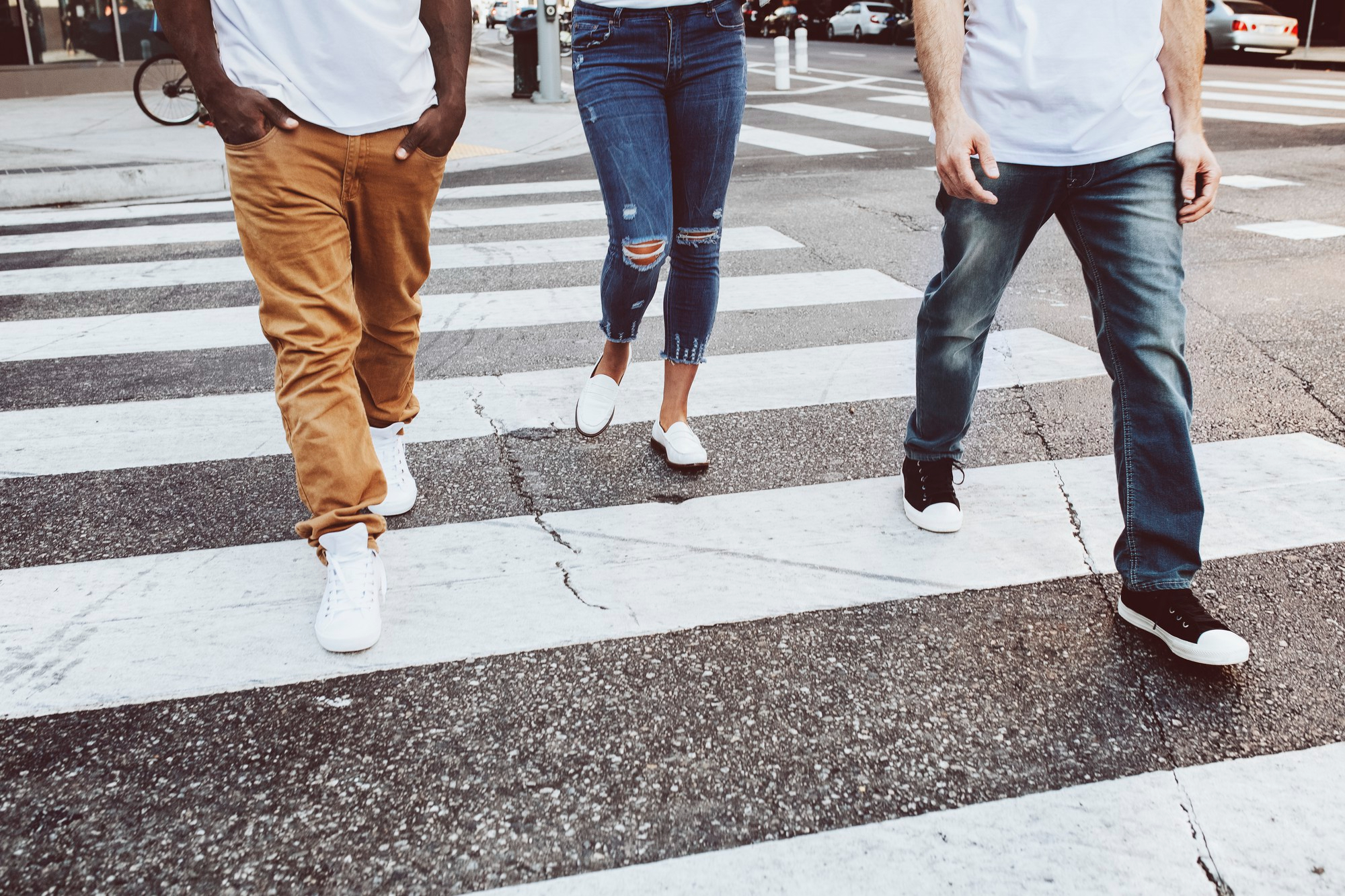Disclosure: Small Business Philippines strives to provide relevant and accurate information in all its articles. However, some information in our articles may differ or might be outdated from what you can see or read directly from the establishments’ or businesses’ websites. Please get in touch with us directly for any discrepancies.
Foot traffic refers to the number of people walking around in a specific area, particularly in commercial locations such as retail stores, restaurants, or shopping malls. High foot traffic indicates a greater potential for customer visits, which can lead to increased sales and business growth. Measuring foot traffic helps businesses understand customer behavior, improve marketing strategies, and enhance overall customer experience.
Importance of Foot Traffic
Foot traffic is vital for several reasons. First, it drives sales. The more people visit a store, the higher the chances of making sales. Second, it provides valuable insights into customer preferences and behaviors. By analyzing foot traffic patterns, businesses can identify peak hours, popular products, and effective marketing tactics. Third, it helps optimize store layouts. Understanding how customers move through a space allows for better product placement and improved store design.
When to Measure Foot Traffic
Businesses should measure foot traffic during different times to get a comprehensive understanding of their customer base. Peak hours, such as weekends or holiday seasons, are crucial for evaluating performance during high-traffic periods. Regular weekdays also provide insights into daily patterns and help identify any inconsistencies. Special events, sales, or promotions are also key times to measure foot traffic to assess the impact of these activities.
Where to Measure Foot Traffic
Foot traffic measurement should focus on various key areas within and around a business location. Entrance and exit points provide data on overall visitor numbers. Specific sections of a store, like aisles or departments, can reveal popular areas and products. Outside the store, surrounding streets or nearby attractions can also influence foot traffic and should be considered. Integrating data from these areas gives a complete picture of customer behavior.
How to Measure Foot Traffic
Several methods can be used to measure foot traffic effectively. Manual counting involves staff recording the number of visitors entering or exiting the store. Automated systems, like infrared sensors or cameras, provide accurate and continuous data collection. Mobile tracking uses Wi-Fi or Bluetooth signals from smartphones to estimate foot traffic. Combining these methods ensures accurate and comprehensive data.
Step-by-Step Guide to Increasing Foot Traffic
Increasing foot traffic requires strategic planning and execution. Here’s a step-by-step guide:
- Identify Target Audience: Understand who your customers are. Use demographics and psychographics to profile them.
- Optimize Storefront: Make the exterior attractive. Use signage, lighting, and displays to draw attention.
- Enhance Online Presence: Use social media, websites, and online ads to reach a broader audience.
- Host Events and Promotions: Special events or sales can attract more visitors. Plan these during peak times.
- Improve Customer Experience: Offer excellent service. Create a welcoming environment to encourage repeat visits.
- Collaborate Locally: Partner with nearby businesses. Joint promotions can drive mutual traffic.
- Analyze and Adjust: Regularly review foot traffic data. Adjust strategies based on findings.
Examples of Successful Foot Traffic Strategies
Several businesses have successfully increased foot traffic with innovative strategies. A coffee shop partnered with a local bookstore to host book readings and signings. This collaboration drew book lovers and coffee enthusiasts, increasing foot traffic for both businesses. A retail store used seasonal window displays to attract holiday shoppers. Their creative themes and interactive elements encouraged passersby to enter the store.
Tips for Maximizing Foot Traffic
To maximize foot traffic, consider the following tips:
- Keep Storefronts Fresh: Regularly update displays and signage to attract repeat customers.
- Offer Free Wi-Fi: This can draw people in and encourage them to stay longer.
- Provide Unique Experiences: Create memorable in-store experiences that customers can’t get online.
- Leverage Local Events: Align promotions with local events or festivals to draw in crowds.
- Utilize Customer Feedback: Listen to customers and make improvements based on their suggestions.
Key Takeaways
Foot traffic is a crucial metric for businesses aiming to increase sales and improve customer experience. By understanding when, where, and how to measure foot traffic, businesses can make informed decisions to enhance their strategies. Implementing steps to increase foot traffic, such as optimizing storefronts, enhancing online presence, and hosting events, can significantly boost customer visits. Regular analysis and adjustment based on foot traffic data ensure continuous improvement and sustained growth. Act now to start leveraging foot traffic insights to drive your business forward.



